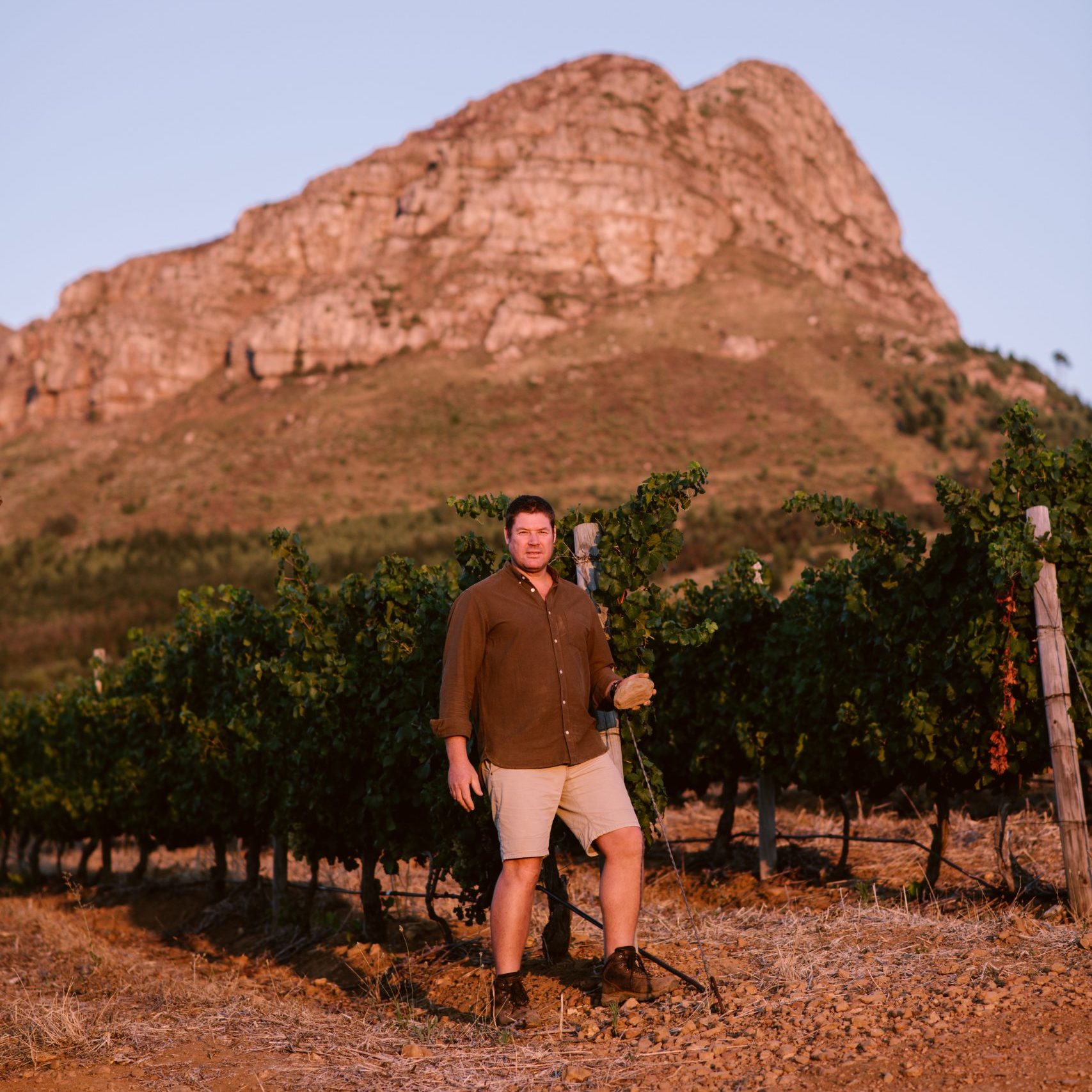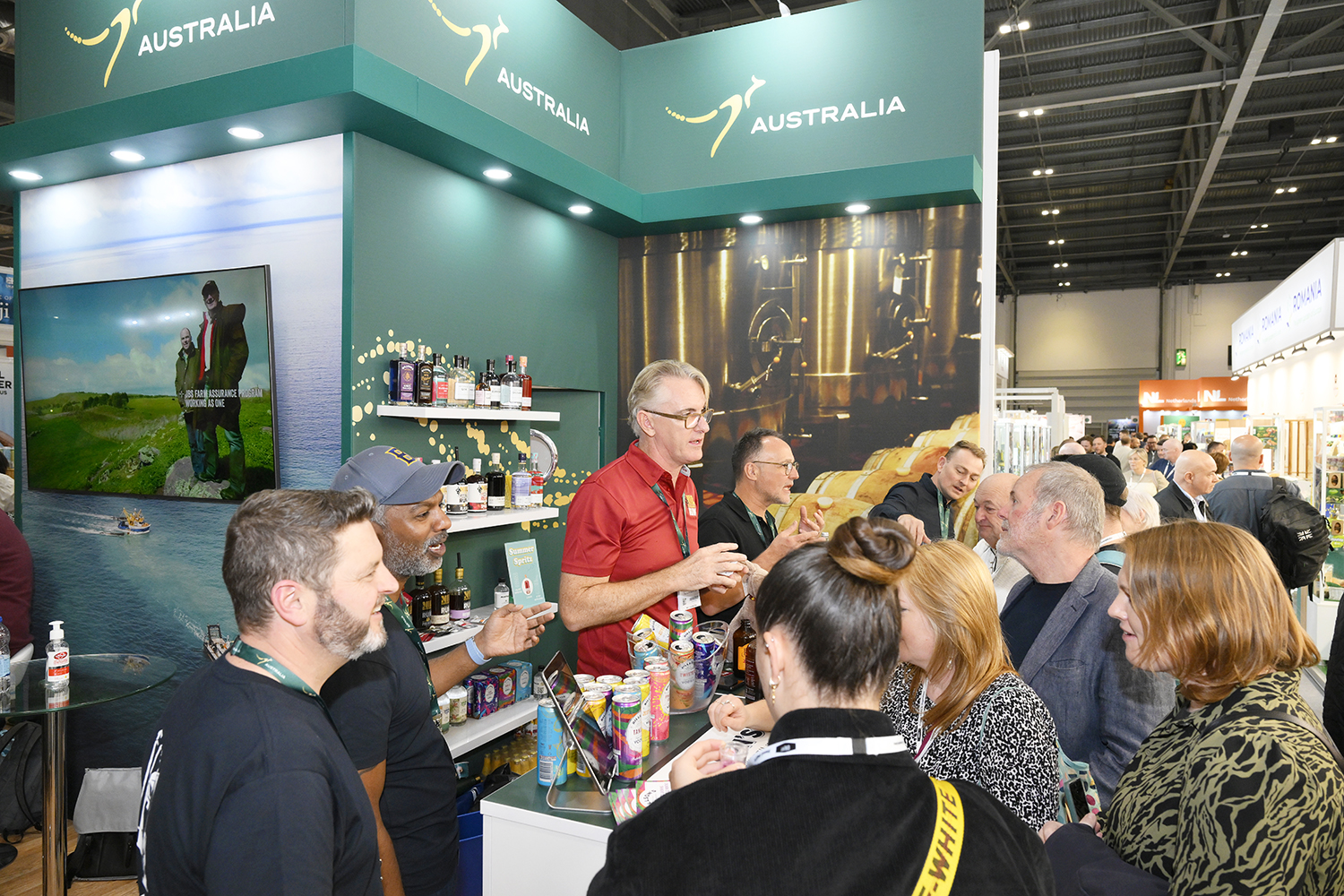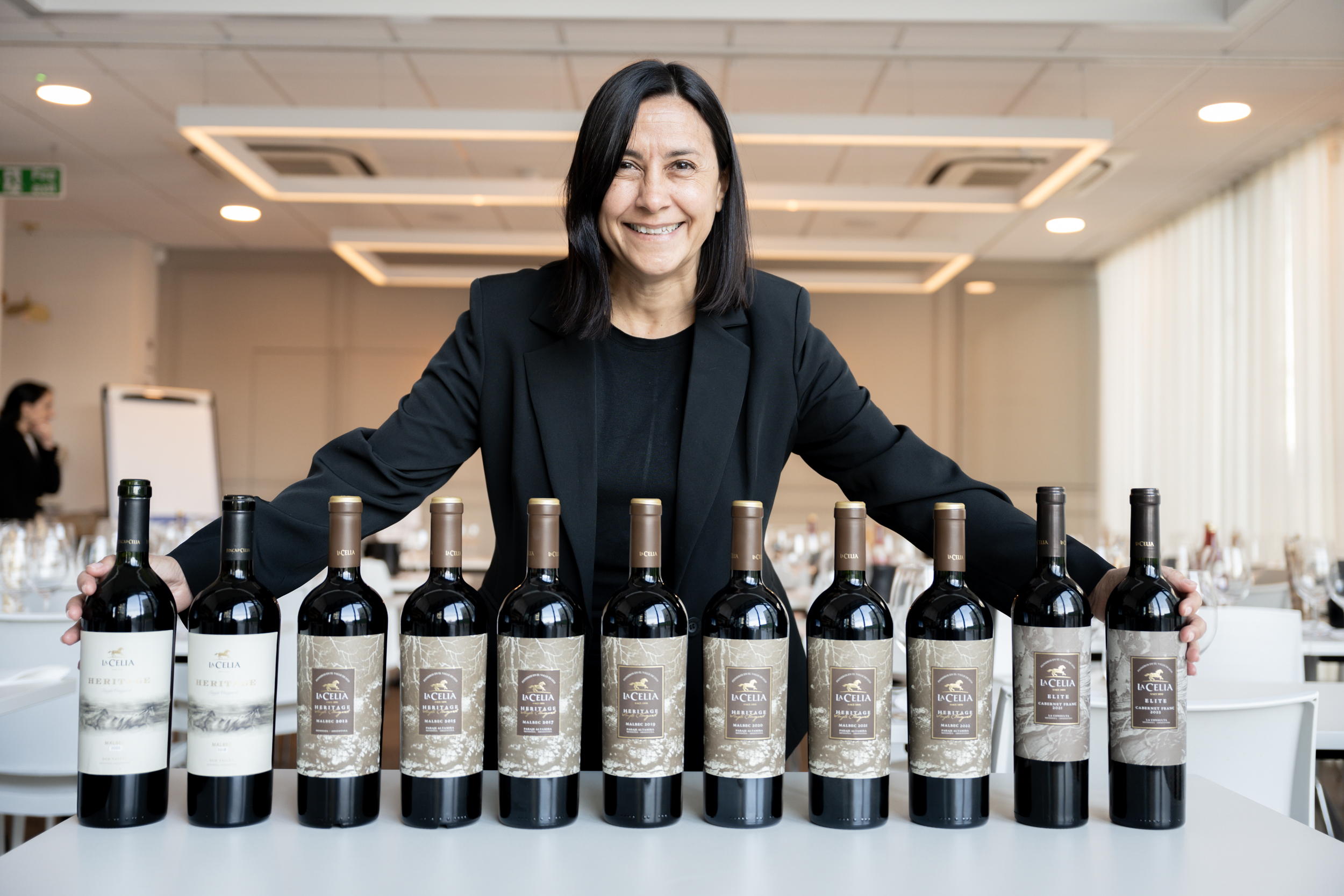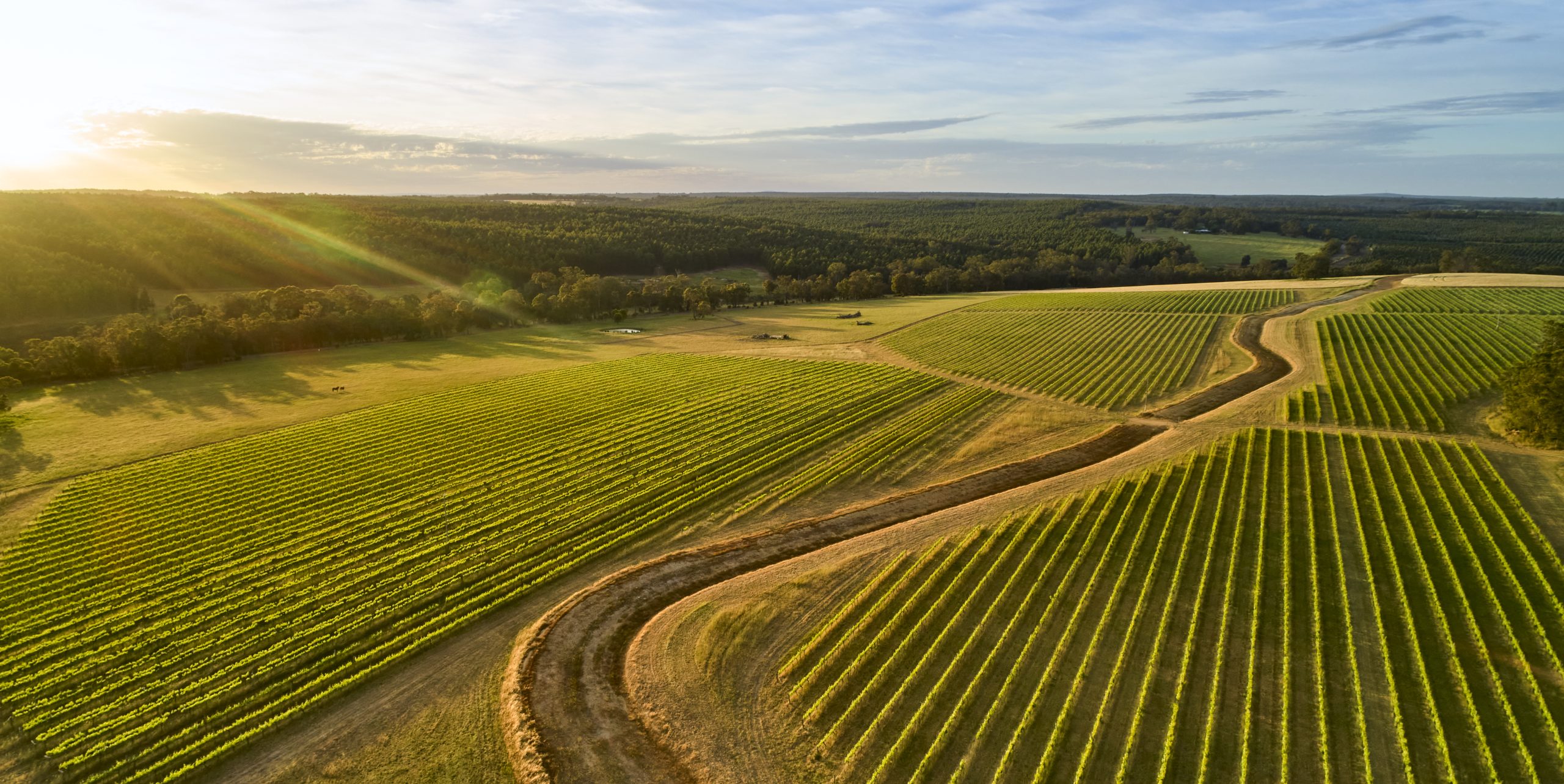End of year ‘sogginess’ hits fine wine
By Rupert Millar‘End of year sogginess’ and the falling euro contributed to the Liv-ex Fine Wine 100 falling over 1% in November.
Having weakened throughout the autumn the fine wine index* dipped 1.5% last month, the greatest drop since June 2014 when it declined 2.9%.
The Liv-ex Fine Wine 50** also declined in November, down 1.6% which was again was the biggest dip since June last year.
With these declines it appears increasingly unlikely that the fine wine market will finish the year in positive territory – meaning a fifth year of consecutive declines, probably marginally but down nonetheless.
To end the year in the black, in December the Fine Wine 100 will have to bounce back by 0.8%, while the Fine Wine 50 needs a full 2% bounce which seems very unlikely.
Speaking to the drinks business, Liv-ex director Justin Gibbs explained there were a number of reasons for the poor performance of the market.
To begin with there were more benign reasons such as merchants focusing on selling ‘drinking’ wines for Christmas rather than collectibles and end of year ‘book cleaning’.
More troubling is the on-going decline of the euro and with the president of the European Central Bank, Mario Draghi, announcing new stimulus programmes the outlook for the currency is uncertain.
In more real terms, the declining value of the euro is making wines comparatively cheaper in sterling and even dollar terms. Even if this is creating a number of “bargains” (and Gibbs says there are a number), the thought that prices may go even lower is keeping buyers from jumping in.
Partner Content
This in turn ties into a wider problem that Gibbs pointed out, namely that it’s still a market, “where any excuse not to buy is still the mantra”.
He hinted as well that there may be creeping concerns about the coming 2015 Bordeaux vintage. With it increasingly likely that it is a very good year and thus bound to be an expensive one, fears over how the market will absorb it may be surfacing – though the situation in the New Year may be entirely different.
“The first quarter of next year will be very interesting,” thought Gibbs.
As to what performed well or badly last month, Guigal’s 2010 ‘La Las’ (Turque, Landonne, Mouline) rose 5.3% to just under £3,000 a case.
After that 2009 Angélus (up 4.5%), 2010 Masseto (4%), 1996 Margaux (3.3%) and 2004 Comtes de Champagne (3.1%) all rose.
Meanwhile, 2005 Palmer (down 7%), 2010 Pape Clement (-7.5%), 2012 Armand Rousseau Chambertin (-7.6%) and 2010 Montrose (tumbling back -8.2%) all went down with Ponsot’s 2012 Clos Roche ‘Vieilles Vignes’ dropping 10.5%.
*which tracks the 100 most widely traded fine wines on the secondary market.
**tracking the first growths.




